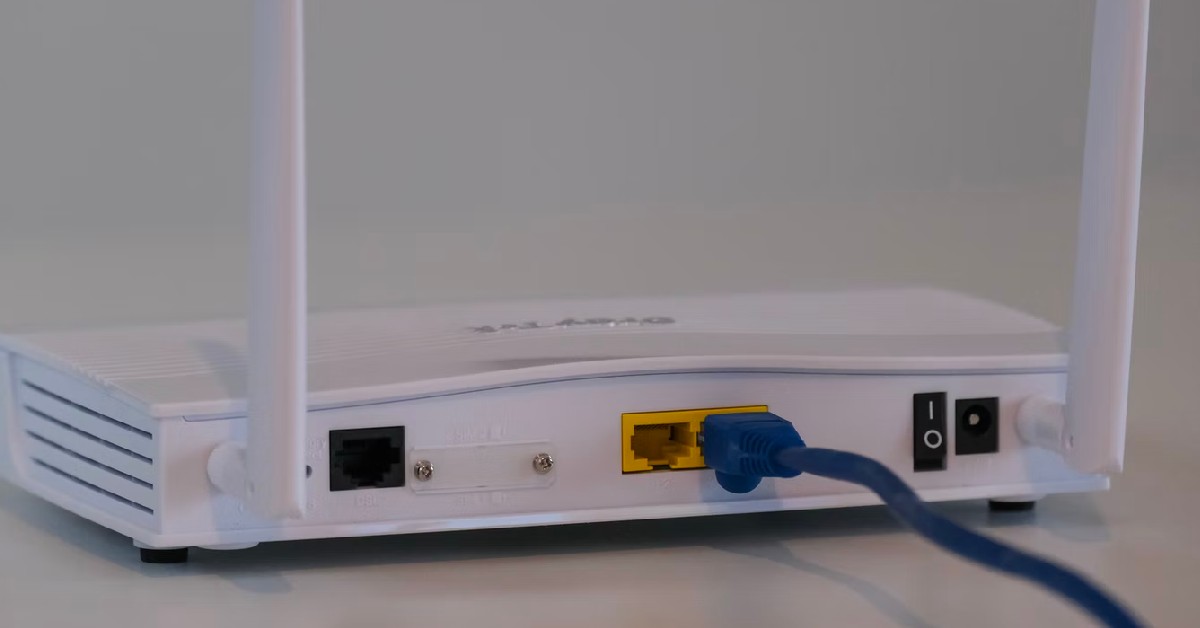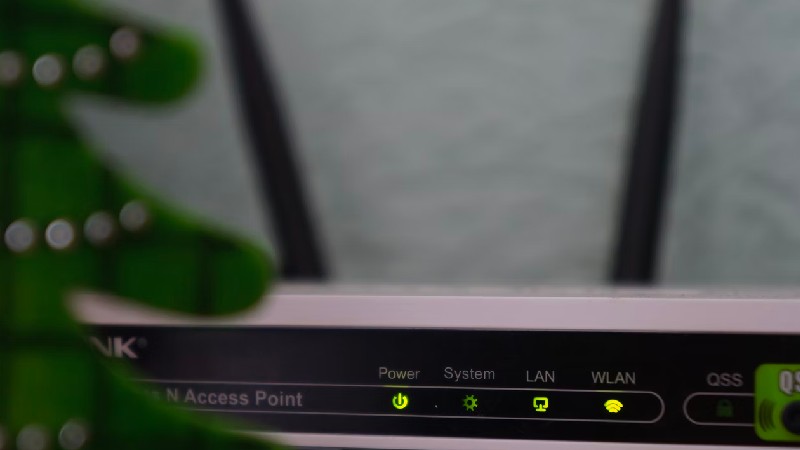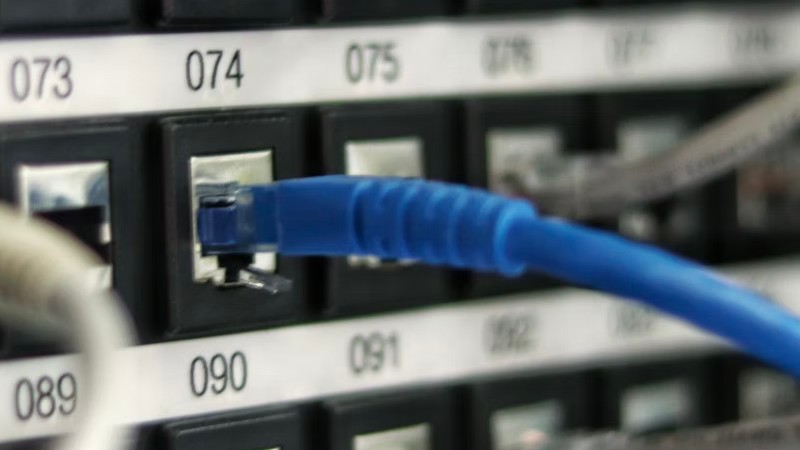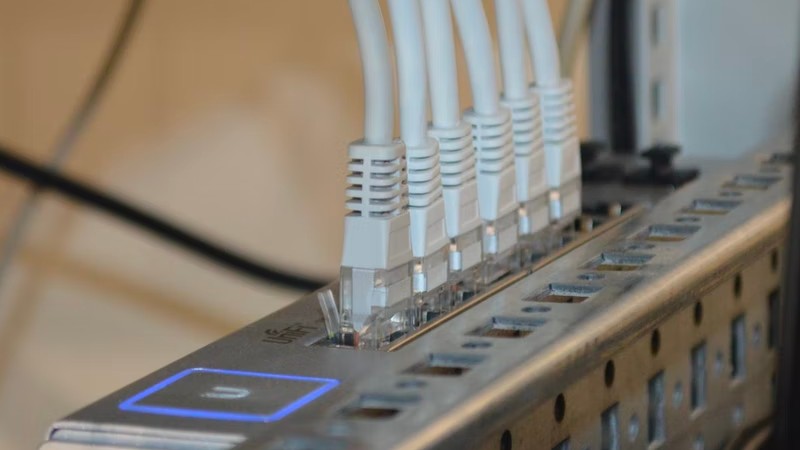What Is The Difference Between Wifi And An Ethernet Connection? (& Cable)

WiFi and Ethernet cable connection are both channels that are used to connect to the internet, however, they are both mistaken for one another as some users think an Ethernet connection is needed for WiFi. To understand both channels, you need to know the differences between WiFi and Ethernet cable but before explicitly discussing the differences, what’s the most significant difference between WiFi and Ethernet connection?
The most significant difference between WiFi and Ethernet connection is that WiFi connection is wireless and Ethernet connection is wired. This means that if you’re using an Ethernet connection, you’ll need an Ethernet cable connected to your computer to be able to connect to the internet easily.
Both connections are channels of connecting to the internet however, not all devices come with wireless connectivity and wired connections. You may need to use Ethernet cables for devices that don’t have a wireless connection. In this article, I’ll explicitly discuss the differences between WiFi and Ethernet connections or cable connections to help you know the differences and understand which of them is better for your device.
WiFi

Almost all smartphone users know what WiFi is, however for the sake of the subject of discussion, WiFi is a network technology that allows mobile devices to connect to the internet wirelessly without requiring a form of cable connection for the internet access. Wireless Land Area Networks (LANs) have exponentially grown from expensive network solutions to mainstream innovation in recent years.
The invention of WiFi led to the elimination of the networking port while also segregating device connection from the direct physical position at the end of cords to wireless connections leading to the creation of simple and functional wireless LANs.
One of the most enticing things about wireless connectivity is the “mobility without cable feature”, allowing users to access the internet wherever they are without using cables thereby providing easy movements and expansion for users. Now it’s easy to access the internet with wireless networks available almost everywhere with which users are only required to switch on the WiFi function on their devices and connect to the WiFi LANs easily.
The ability to move freely without needing a cable to connect to the internet is one of the clearest advantages of wireless connectivity. However; another advantage of using wireless connectivity is that it is supported by most smart devices and also provides convenient internet access to users.
Pros
- It is very convenient to use.
- Its mode of transmission is wireless
- It is supported by most devices with almost all new smart devices having the functionality.
Cons
- It is potentially inconsistent and may sometimes have slow internet speed.
- It has high latency.
- It drops connections.
Ethernet

Ethernet connections are the most widely used technology within the wired local communications networks and the connection is a generic communication protocol. It was first released in the 1980s by the DIX (DEC, Intel, and Xerox) group, with the original 10 Mbps ethernet specification, and was termed a DIX Ethernet standard.
Due to this, coaxial varieties of ethernet are being standardized twice with the first standardization done by the DIX group and the second performed by the Institute of Electrical and Electronics Engineers, and the new program was led by the Institute of Electrical and Electronics engineer.
An Ethernet cable, which is sometimes referred to as a network cable, is a cord that is connected from a router, modem, or any other form of network source, to your computer, providing your device the access to the local area network (LAN)- which means it provides internet access to your device. There are several benefits of “hardwiring your internet connection to your computer, however, the major benefit is that it provides faster and more consistent internet connections.
In terms of consistency, this means that you don’t have any barricade blocking your connection. Unlike the wireless connection that can be altered by opaque objects that block it, wired connections are sent directly to your computer, keeping the connection consistent hence making it work faster than its counterpart, with ethernet cables, you don’t have to worry about sudden drops in internet speed and other factors that may cause you to experience slow internet connection.
Pros
- It provides consistent internet speeds.
- It has low latency.
- It has higher and undetectable security.
- It has a simple connection step.
Cons

- The setup may be cluttered.
- It is less convenient since you cannot move everywhere you want to go with a wire that’s connected to your home network,
- It may be expensive to set up, especially if it’s for multiple devices.
Differences Between Ethernet And WiFi
| S/N | ETHERNET | WIFI |
| 1. | Ethernet can be perceived as a physical component that is widely used in wired Land Area Network (LAN) | WiFi implements the use of radio waves which aimed to provide seamless internet access to smart devices like laptops, mobile devices, tablets, and so on. |
| 2. | It isn’t convenient because using it causes less mobility as there is a limited amount of cabling that can be used to move conveniently. | It is convenient because it doesn’t require the use of wires |
| 3. | installation of ethernet cables can be very difficult and may require technical assistance to achieve the full installation. It’s also a time-consuming process. | Installing WiFi is very easy and less time-consuming than ethernet because most devices already have it built into them as a feature already. |
| 4. | Encryption of data flow is necessary when using ethernet cables as it is completely secured compared to WiFi. | There’s the need to encrypt data flow over the network to avoid being hacked into by hackers. |
| 5. | Ethernet provides faster data transfer speed as compared to WiFi connections | data transfer speed on this network is slower than ethernet. |
| 6. | Wired Ethernet connections provide the same speed, however, theirs are faster than WiFi connections. If you need to download or stream a large file over the internet, you can use this as you’ll notice its fastness and stable speed as soon as you start performing the action you want, | Wireless networks provide you with the opportunity to create small group networks quickly. So if you need this for a quick official meeting, you can implement this as WiFi makes it easy to switch between rooms and cubicles whenever you are doing something important on your internet and you need to be mobile. |
| 7. | You can also use ethernet connections for HD video streaming since it’s a high-speed and very consistent channel to connect to the internet. | A lot of environmental factors affect the use of WiFi connections as they always suffer from signal interference. The atmosphere may also be an issue as your internet connection may begin to fluctuate thereby producing poor network efficiency. For instance, if you move from one place to another in your house, you’ll notice intermittent signals on your device. |
| 8. | Ethernet isn’t really a popular channel to access the internet because not all devices come with an ethernet port. For instance, a mobile phone doesn’t have an ethernet connection port that allows the phone to use ethernet cables to connect to the internet. However, some laptops from the older generation come with an ethernet cable port to allow users to connect to the internet. | WiFi is the most popular channel used to access the internet in recent years as it provides constant access to data that can result in large productivity improvements. |
